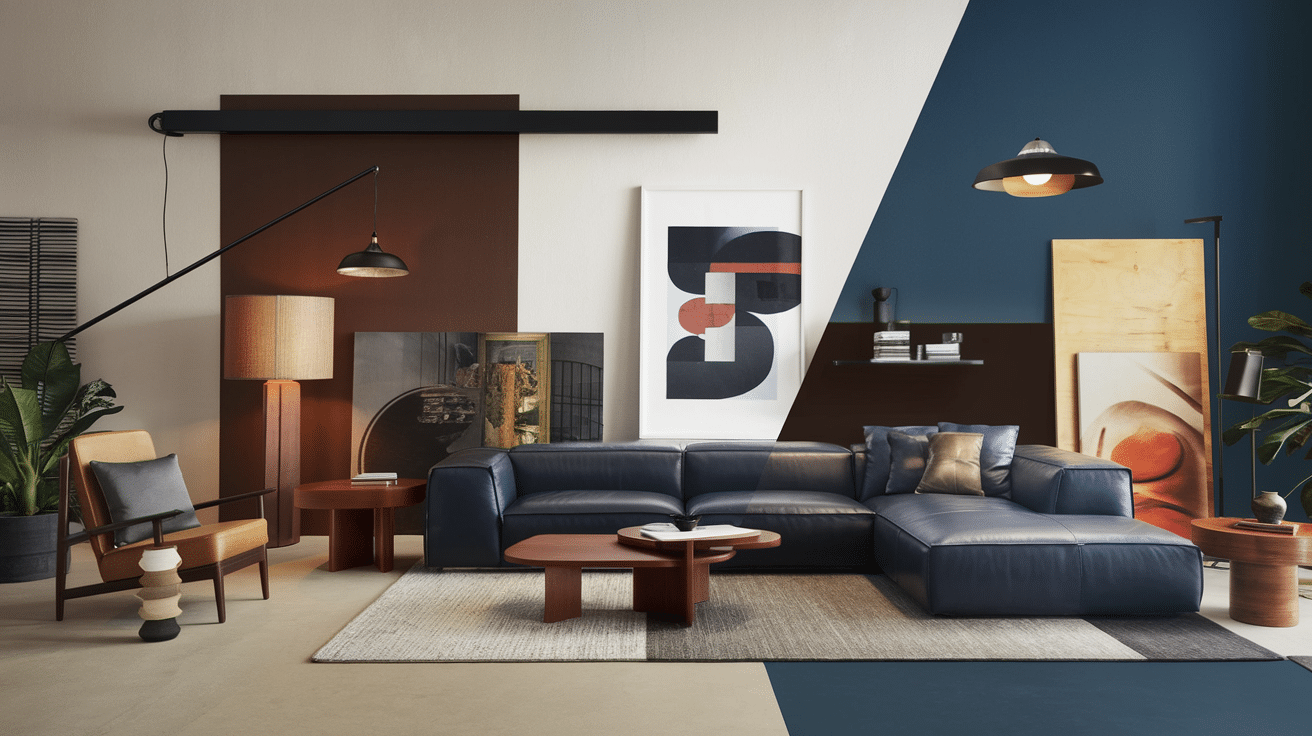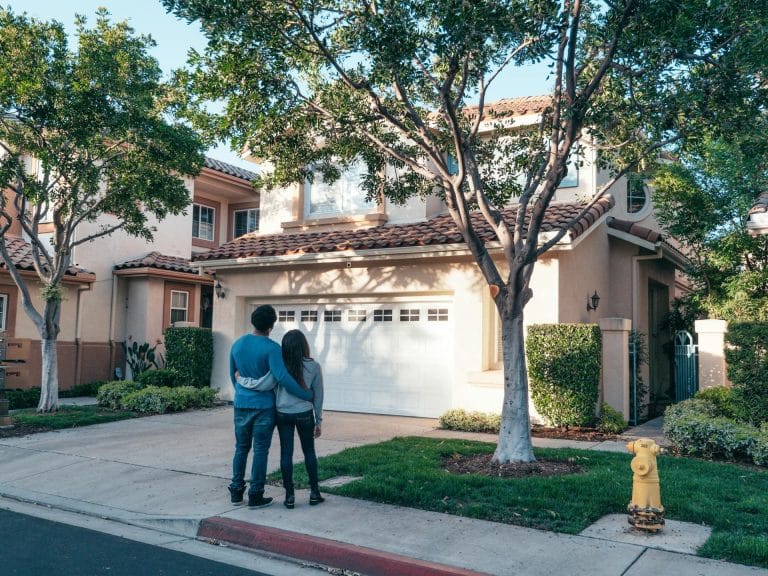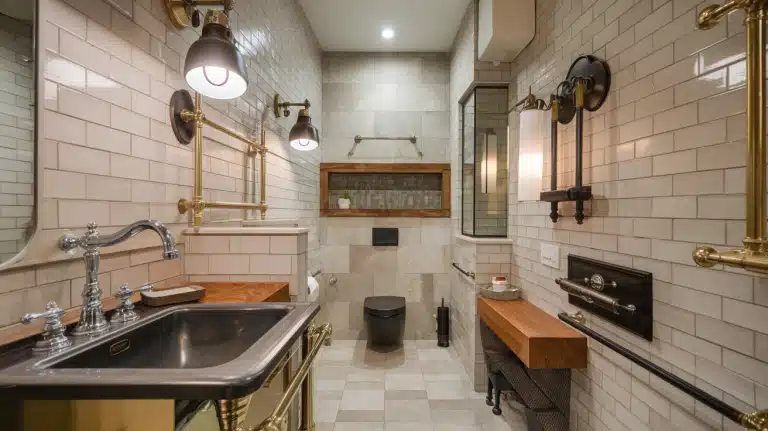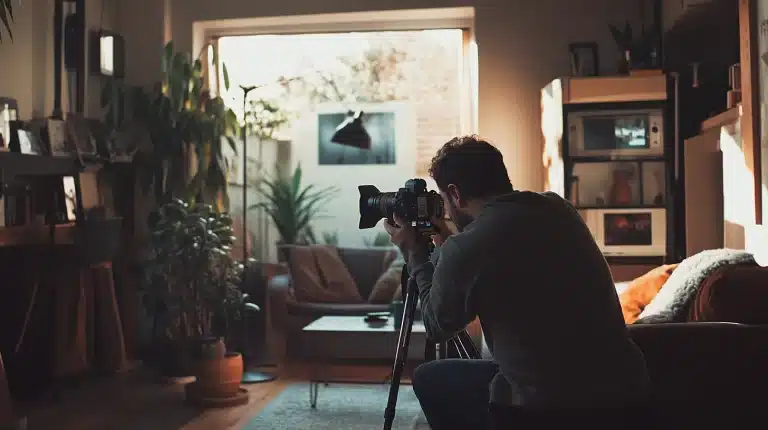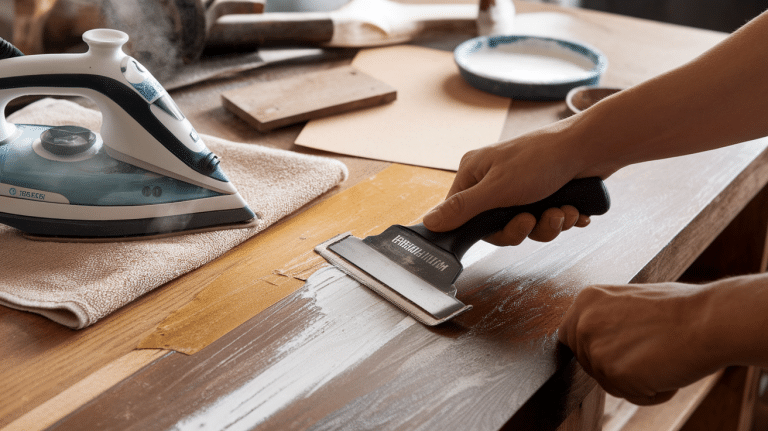How to Achieve Asymmetrical Balance in Interior Design?
Asymmetrical balance offers a fresh approach to interior design, creating visual harmony without perfect symmetry.
Unlike traditional mirror-image arrangements, this technique distributes visual weight through contrasting elements, creating spaces that feel both organized and dynamic.
By strategically placing furniture, artwork, and décor of varying visual importance, you can craft interiors with unexpected energy while maintaining a sense of equilibrium.
This guide will show you how to master this versatile design principle to transform your spaces from predictable to captivating.
Understanding Asymmetrical Balance
Asymmetrical balance is a design approach where visual equilibrium is achieved without mirror-image arrangements. Unlike symmetrical balance, which divides a space into identical halves, asymmetrical balance creates harmony through the thoughtful distribution of visual weight across a space. Key principles include:
- Visual Weight: Objects have perceived “heaviness” based on size, color, texture, and form
- Counterbalance: Pairing heavier elements with multiple lighter ones to create equilibrium
- Negative Space: Strategic use of empty areas to offset dense or visually heavy components
- Hierarchical Arrangement: Organizing elements based on their visual importance
How It Contrasts with Symmetrical Design
Symmetrical design creates balance through identical or mirrored arrangements on either side of a central axis. This approach:
- Provides immediate, recognizable order
- Creates formal, traditional, and predictable spaces
- Often appears more rigid and less dynamic
Asymmetrical design, however:
- Creates balance through equivalent rather than equal visual weight
- Offers more flexibility in furniture and decor placement
- Produces spaces that feel more casual, modern, and organic
- Allows for more creative expression and visual interest
Psychological Impact of Asymmetry in a Room
Asymmetrical balance influences how we experience and respond to spaces:
- Increased Visual Interest: The human eye naturally seeks balance but is intrigued by controlled asymmetry, making spaces more engaging
- Dynamic Energy: Asymmetrical spaces feel more active and alive, stimulating creativity and conversation
- Reduced Formality: Creates a more relaxed, approachable atmosphere
- Perceived Movement: Guides the eye through the space in a more natural, flowing manner
- Adaptability: More easily accommodates unique architectural features or awkward spaces
- Personalization: Allows for more individual expression and evolving design over time
Well-executed asymmetrical balance creates spaces that feel both organized and spontaneous, offering the psychological comfort of balance while maintaining visual excitement.
Key Elements of Asymmetrical Balance
1. Visual Weight
How to distribute objects of different sizes and shapes:
- Scale gradation: Arrange items in descending size from one side of the room to the other
- Triangular arrangement: Position the largest piece first, then create a triangular composition with medium and smaller items
- Rule of thirds: Divide your space visually into a 3×3 grid and place key elements at intersection points
- Focal anchor: Use one substantial piece (like a sectional sofa) as your anchor, then balance with multiple smaller elements opposite
- Height variation: Mix tall and short items to create vertical interest while maintaining balance
Using heavier and lighter elements to maintain equilibrium
- Visual math: Balance one heavy piece with multiple lighter objects (one large armchair = two small side tables and a floor lamp)
- Distance leverage: Place lighter objects farther from the center point than heavier ones
- Density consideration: Dense materials (stone, dark wood) carry more visual weight than airy materials (glass, rattan)
- Grounding techniques: Use area rugs or paint to visually “weigh down” lighter sides of a room
- Negative space: Incorporate empty space strategically to counterbalance dense arrangements
2. Color and Texture
Balancing bold colors with neutral tones
- Color blocking: Use bold colors in smaller areas balanced by larger neutral zones.
- Color weight: Dark/saturated colors feel heavier; balance with larger areas of lighter hues
- Diagonal color placement: Position bold colors diagonally across a room for a balanced distribution
- Color echoing: Repeat small amounts of bold color throughout the space to create cohesio.n
- Gradient approach: Create a subtle progression from bold to neutral across the space
Mixing textures to create depth and contrast
- Textural counterpoints: Pair rough textures (bouclé, jute) with smooth surfaces (leather, glass)
- Visual rhythm: Repeat similar textures in different areas to create continuity
- Layering principle: Build depth by combining multiple textures within a color family
- Texture zoning: Create defined areas through textural changes while maintaining overall balance
- Seasonal adaptation: Use interchangeable textiles to adjust textural balance throughout the year
3. Furniture and Layout
Arranging furniture for a harmonious, natural flow
- Conversation clusters: Create intimate groupings with clear sight lines and natural pathways
- Offset placement: Position furniture slightly off-center to avoid rigid symmetry
- Diagonal arrangements: Place key pieces at angles to create dynamic energy
- Traffic flow consideration: Map movement patterns before finalizing furniture placement
- Functional zoning: Define areas by purpose while maintaining visual connection between them
Pairing mismatched pieces that complement each other
- Design dialogue: Choose pieces that share one unifying element (material, line, era)
- Proportion harmony: Ensure mismatched pieces have complementary proportions
- Style bridging: Use transitional pieces to connect contrasting design styles
- Form relationships: Balance angular pieces with curved elements
- Intentional contrast: Create deliberate tension between different furniture styles for interest
4. Lighting and Accessories
Using lighting to highlight focal points
- Directional lighting: Use spotlights or picture lights to draw attention to key elements
- Light layering: Combine ambient, task, and accent lighting at varying heights
- Brightness contrast: Create visual hierarchy through varying light intensities
- Statement fixtures: Use distinctive lighting pieces as counterpoints to furniture anchors
- Light temperature: Vary warm and cool lighting to enhance different areas and materials
Incorporating art, plants, and decor strategically
- Gallery clustering: Group smaller art pieces to balance a larger statement piece
- Plant elevation: Use plants of varying heights to fill empty corners and add organic balance
- Decor scaling: Arrange accessories in descending size groups for visual coherence
- Collection display: Distribute collections in considered arrangements rather than single rows
- Negative space respect: Allow breathing room around key decorative elements to enhance their impact
Practical Tips for Achieving Asymmetrical Counterweight
1. Using Odd-Numbered Groupings
- Rule of Three: Create trios rather than pairs
- Triangle Method: Arrange items in triangle formations
- Clusters of 5-7: Group similar items together
- Varied Heights: Stagger frames and shelves
- Strategic Trios: Highlight focal points with 3 objects
2. Creating Balance Through Negative Space
- Intentional Gaps: Balance busy areas with empty space
- 30% Rule: Keep ⅓ of space empty to prevent crowding
- Space as Frame: Surround key pieces with emptiness
- Alternating Rhythm: Dense areas followed by open ones
- Simple/Complex Balance: Plain backgrounds for busy areas
3. Combining Modern and Vintage Elements
- Style Mixing: Mid-century with contemporary pieces
- Material Contrasts: Vintage wood with modern glass
- Curved + Angular: Blend rounded vintage with clean modern lines
- Old/New Versions: Updated classics with authentic antiques
- Unified Colors: Connect different eras with consistent palette
4. Experimenting with Scale and Proportion
- One Large + Many Small: Balance statement pieces with smaller items
- Unexpected Sizing: Mix standard furniture with unusual-sized accessories
- Three-Level Rule: Combine flour, mid-height, and tall elements
- Layered Depth: Vary distance from walls for dimension
- Photo Test: Take pictures to evaluate balance objectively
Common Mistakes to Avoid
Overloading One Side of a Room
- Visual Tipping: The room feels unbalanced or tilted
- Corner Crowding: Too many heavy elements in one area
- Wall Imbalance: Art clustered on one wall, others bare
- One-Sided Furniture: All substantial pieces on a single side
- Quick Fix: Step back and squint—imbalance becomes obvious
Ignoring Cohesion Between Elements
- Style Chaos: Too many unrelated design styles
- Color Disconnect: Colors that don’t relate to the overall scheme
- Material Mismatch: Jarring rather than complementary contrasts
- Pattern Overload: Competing patterns without consideration for scale
- Solution: Ensure one element (color, material, shape) repeats throughout
Using Too Many Competing Focal Points
- Attention Splitting: Multiple dominant elements fighting for attention
- Visual Exhaustion: Too many statement pieces overwhelm the eye
- Directional Confusion: Sightlines pointing everywhere without hierarchy
- Design Strategy: Establish one clear primary focal point with supporting elements
Conclusion
Asymmetrical balance transforms ordinary interiors into dynamic, personalized spaces that feel both harmonious and intriguing. By thoughtfully distributing visual weight and creating strategic focal points, you craft environments with natural flow and unexpected energy.
Remember that successful asymmetry requires intention—it’s thoughtful arrangement that creates equilibrium through contrast. Trust your eye, adjusting until the space feels balanced without being predictable.
Embrace asymmetrical design as a framework for self-expression, allowing your interior to evolve organically. The most compelling spaces balance order with surprise and comfort with interest.
Start small, be bold, and learn how asymmetrical balance can transform your home into a more vibrant, welcoming reflection of your unique style.

